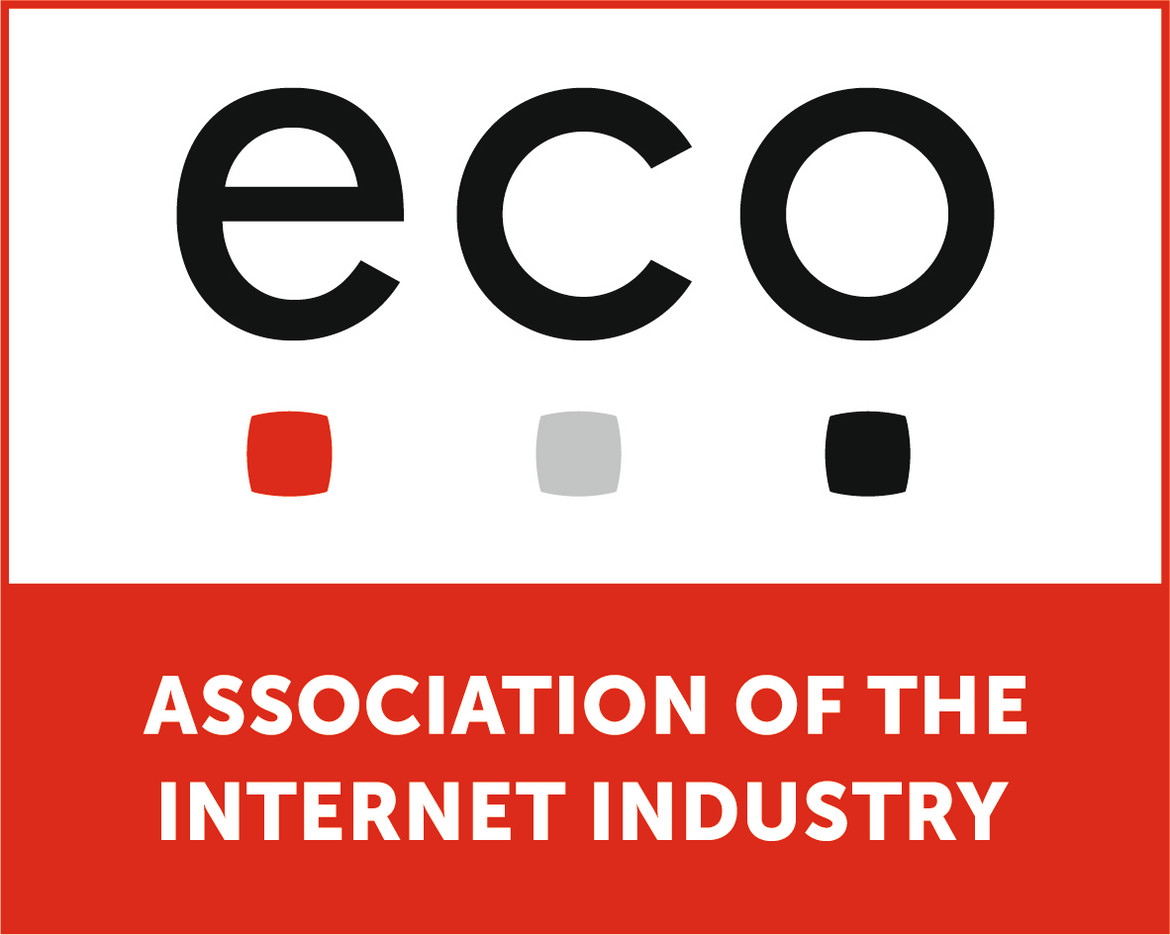Minor Changes Can Have a Major Impact on Gender Diversity in Recruitment
A case study by Wido Potters from BIT BV, showing how easy it is for recruiters to make companies more attractive to female applicants, and why this is important.

© metamorworks | istockphoto.com
This is an excerpt from the eco Association study “Women in Tech Across the Globe: A Good Practice Guide for Companies”
There is no single tech company for whom the promotion of gender equality does not make sense. Decades of research findings show that diversity of thought leads to better problem-solving and innovation. From an economic perspective, the bottom line is that having more women working in your company enhances your competitiveness and increases revenues.
This is a fact backed up by a multitude of international studies which, for example, have found that:
- Highly inclusive organizations are 1.7 times more likely to be innovation leaders in their market. [1]
- Companies with above-average diversity generate both 19% higher innovation revenues and 9% higher EBIT margins. [2]
- Companies with high levels of gender diversity, in particular, are 15% more likely to have financial returns above their national industry medians. [3]
It has also been found that B2C tech companies with a more equal gender mix have a far greater capacity to tap into the largest single economic force in the world: women. As 2018 Catalyst research points out, women across the globe drive between 70-80% of all consumer purchasing, controlling about $40 trillion in consumer spending. [4]
But here the Internet industry is faced with a conundrum: Across the globe, women represent just one quarter of tech specialists, while in Europe, just one sixth of such roles are occupied by women.
To support companies in their efforts to access the world’s greatest untapped pool of talent, the eco Association recently published a study and guide “Women in Tech Across the Globe: A Good Practice Guide for Companies”.
Recruitment & On-Ramping of Women
One central policy that tech companies are advised to implement is that of recruitment and on-ramping of women. Because if one thing is clear, it’s this: the share of women applying for positions in the tech world needs to be significantly enhanced. In Germany, for example, a 2017 study by Weitzel et al. revealed that just 17% of applicants for ICT positions were women, while in SMEs, just 14.4% of applicants for such positions were female. [5] An overhaul of a company’s recruitment policy is one logical approach towards addressing such gender gaps, with this extending the whole way from the design of recruitment campaigns to initial on-ramps for starters and returners.
Setting gender-specific goals and targets for a recruitment campaign is important. However, this does not equate with a need to exclusively target women – this could have a counterproductive effect of women feeling like a “sub-class” and men feeling aggrieved. Rather, this can be approached using language and methods which even out levels of motivation between women and men.
To take just two examples: Research undertaken by Hewlett Packard shows that women are unlikely to apply for a position unless they meet 100% of requirements in job descriptions, while men will apply if they meet 60% of the requirements. [6]
Therefore, if you frame a job description to focus primarily on essential skills, you are not likely to lose out on the number of male candidates, but you are far more likely to attract female applicants.
Secondly, choosing to state salaries in job offers or indicating possibilities for negotiation can close the gender gap in job applications. As a Management Science study found, men are significantly more likely to engage in salary negotiations than women. The gender gap in job applications and subsequent negotiations is much more pronounced for jobs that leave the negotiation of wage ambiguous. [7]

Case Study, Netherlands:
BIT BV, Data Center & ISP, 36 employees
Interview with Wido Potters, Manager for Support & Sales
“We’ve learnt that even minor changes can have a major impact on how attractive we are for women to apply for jobs within our company.”
“In our Dutch company, BIT BV, we’ve recently proactively raised awareness internally, particularly amongst management, concerning our need to promote diversity. In the tech industry in the Netherlands – as in Germany and in the greater part of Europe – we all know that finding good staff can be difficult. So disqualifying 50% of the population can naturally really hurt.
Inspired by our own enhanced awareness – as well as by a diversity presentation made at a conference organized by the Network Operators Group – we’ve recently made some changes to our methods of recruiting employees.
As we have a relatively low turnover, we’ve the good fortune to rarely have job openings. But for the last job opening we had, we decided to completely change the text for the job description. It was a very simple task – but it helped to dramatically increase the number of women applying for the job.
The change here is that we chose not to insert a long list of things that we’d like to see in a candidate. Although the job opening in question related to a partially technical role, we no longer said, ‘We want you to have knowledge of a, b, and c protocols, and x, y, and z Internet technologies, and of this and that hardware and software’. We completely scrapped these as prerequisites. Now we just asked for somebody who has some knowledge about IT, or at least is very interested in it.
When we last had similar job openings a number of years ago, the percentage of women applicants was between 0 and 10%. But just by changing the way we described the job, it has now increased to 45%.
And as we’ve seen, not only has this increased the number of women applying for this job, but also the quality of the male applicants. Below is an excerpt from our most recent job description:
Vacancy: Support & Sales Engineer
Is informing and supporting professionals 'entirely your thing'? Do you find it exciting to experience at close quarters how the Internet is developing? Are you skilled in IT and do you want to learn a lot more about it? Then we have the perfect job for you!
As part of a team of nine other Internet fanatics, you will help our professional IT customers find the best solution for the challenge or problem they face. You will be supported by our data center, network and system specialists, making you the hub of our services. You don't need to bring bucket-loads of knowledge and experience with you, just bucket-loads of enthusiasm for the possibilities the Internet offers. We provide an environment in which you will automatically gain that knowledge and experience. We are looking for someone with communication skills, but a fast-paced, smooth-talking salesperson isn’t our style. Our customers expect a clear and honest story and the best technical solutions from us.
Actions for Recruitment & On-Ramping
Below is a selection of recommendations for actions for encouraging greater gender diversity in recruitment practices.
- Commission unconscious bias training for all recruiters and hiring managers.
- Establish clear and consistent evaluation criteria before review processes begin.
- In recruiting campaigns, tell your story, including factors such as a creative and collaborative workplace, an inclusive culture, commitments to elevating workers etc.
- Champion female colleagues as role models in your recruiting campaigns.
- Formulate job advertisements using gender-neutral phrasing, replacing terms such as “competition” with “collaboration” or job titles such as “engineer” with “developer”. Avail of technologies such as Textio [8] or, for German-speakers, geschicktgendern [9], in order to remove any gender bias from job descriptions.
- For more tips on this, read the article, Hire More Women in Tech. [10]
- Refer in job advertisements to the wider social impact of the role, e.g. “You will contribute to the better use of our systems and support our client base which includes large national companies and small community based employers.”
- Redesign job profiles to focus on skills matching and the prioritization of potential rather than technical qualifications. For example, use the European e-Competence Framework (e-CF) which identifies 40 competences as applied at the ICT workplace. [11]
- Consider introducing “returnship” programs for women and men who have taken a career break of at least two years. Structure such programs like internships, ranging from 2 to 6 months.
For further recommendations and detailed reasoning for each of these actions, see the complete eco Association study “Women in Tech Across the Globe: A Good Practice Guide for Companies”.
References:
1. Bersin, Josh (March 2019) Why Diversity and Inclusion Has Become a Business Priority, Deloitte.
2. Rocio, and Martin Reeves (July 2018) How and Where Diversity Drives Financial Performance, Harvard Business Review.
3. Hunt, Vivian, Dennis Layton, and Sara Prince (2015) Why Diversity Matters, McKinsey & Company.
4. Catalyst (2018) Buying Power: Quick Take.
5. Weitzel, T.; Laumer, S.; Maier, C.; Oelhorn, C.; Wirth, J. (2017) Women in IT: Themenspecial 2017. 15. JAHRE. Recruiting. Trends.
6. See: https://www.glassdoor.com/employers/blog/attract-more-women-in-tech/
7. Leibbrandt, Andreas, and John A. List (2014) Do women avoid salary negotiations? Evidence from a large-scale natural field experiment, Management Science, vol 61(9), pages 2016-2024
8. See: https://textio.com/team/
9. See: https://www.geschicktgendern.de/
10. See: https://www.hiremorewomenintech.com
11. See: http://www.ecompetences.eu/
Wido Potters is Manager Support & Sales and a member of the management team of BIT BV.
Eilin Geraghty is Project Manager in the eco International team at eco - Association of the Internet Industry, and author of the eco Association study “Women in Tech Across the Globe: A Good Practice Guide for Companies”.
Please note: The opinions expressed in Industry Insights published by dotmagazine are the author’s own and do not reflect the view of the publisher, eco – Association of the Internet Industry.







